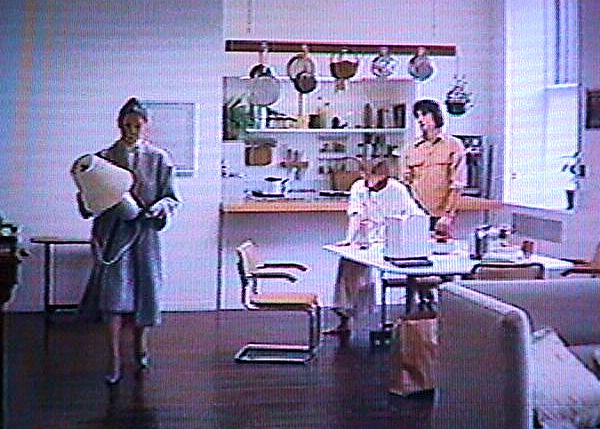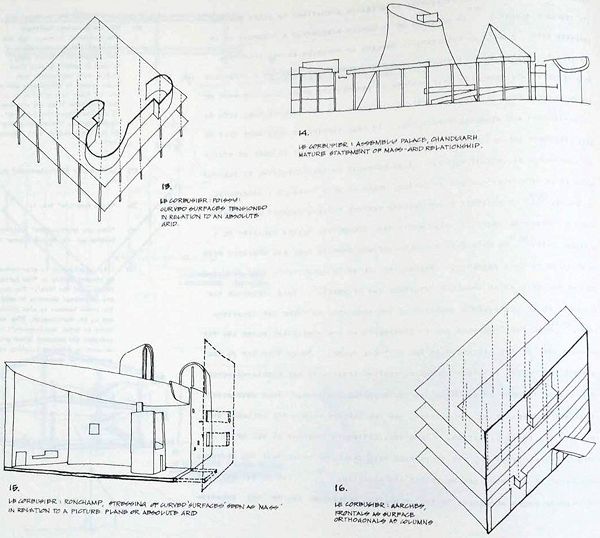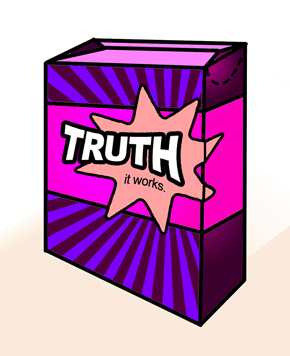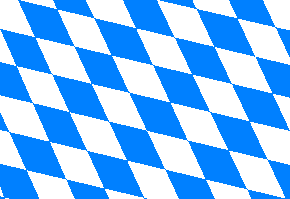2007.11.30 07:35
practical Delanda
metamechanic, in my world, you're reenacting the above pyramid 100%, i.e., you're missing the point.
Read
From: Stirling's Inheritance
To: Stirling's Legacy
Re: Stirling's Muses
Part I
and
From: Stirling's Inheritance
To: Stirling's Legacy
Re: Stirling's Muses
Part II
to see that reenactment and novelity within architectural design are not mutually exclusive. Nor does reenactment inhibit possibilities, rather, it engenders possibilities--much like a "second chance" where you can choose to do things differently. I wonder, is that what Repetition and Difference is really all about, subsequent chances?
3334d
2007.11.25 15:46
clutter

"I'm sorry, but I have to take this back to the bedroom."
[Did Orhan watch Interiors recently?]
3334d
| |
THE SHELLS OF ARCHITECTURAL THOUGHT
DETLEF MERTINS
1. Thinking : Things and Time
Among the numerous architectonic figures devised by John Hejduk in his work Vladivostok, two may be considered allegories for propositions that underlie the work itself : the Clock/Collapse of Time, which was constructed on Bedford Square in London, is emblematic of a radical reconfiguration of time, while the Object/Subject, installed in Philadelphia, exemplifies Hejduk's conception of architectural thought, of thought embodied in things.
The Clock is a perfectly aligned column of smooth wooden cubes, idealized pure forms carrying digital numbers in ascending sequence. The tower's caisson is made of rough-hewn timber with metal connectors and is fastened to steel axles with wheels that rest on steel rails. For Hejduk, "The clock tower on the caisson can be moved from place to place, from time to time." This spatial and temporal mobility may also be understood to be internalized in the structure of the caisson itself, which accommodates the Clock in positions that are analogous to different models of time. Not only does the Clock / Collapse of Time travel through time, but it enables time to travel through it. According to Hejduk, "The clock tower moves through spatial time, elevational, flat time (90 degrees), then angular, isometric time (45 degrees), finally horizontal, perspective time (0 degrees)."1 Presenting these different positions of time together, and in a way that fuses time and space into suggestive, although ambiguous, paradigms of knowledge (spatial time, flat time, perspective time...) effectively dissolves the opposition between linear and cyclical time, between history and the eternal return, without positing a new temporal construct. Time as such collapses into a kind of timelessness (could this be what "spatial time" implies ?), which is distinguished from the timelessness of idealist classicism, for instance, as a composite of "times," a ruin of temporality in which the spirits of all times intermingle. John Hejduk's work over the past decade has depended on this simultaneous construction and collapse of time in order to depict haunting scenes that are at one and the same time preindustrial, industrial, and postindustrial, that evoke many times, but are out of place in all times and could be conceived only in this time.
1. John Hejduk, Vladivostok (New York : Rizzoli International, 1989), 72.
5731

| |
2007.11.22 11:57
Complex Iconography and Contradictory Content in Architecture
What if all myths and religions are based on truth? Could humanity even handle such a condition?

"It said so on the box!"
3334e
2007.11.22 11:24
what's your favorite flag?

3334e
|